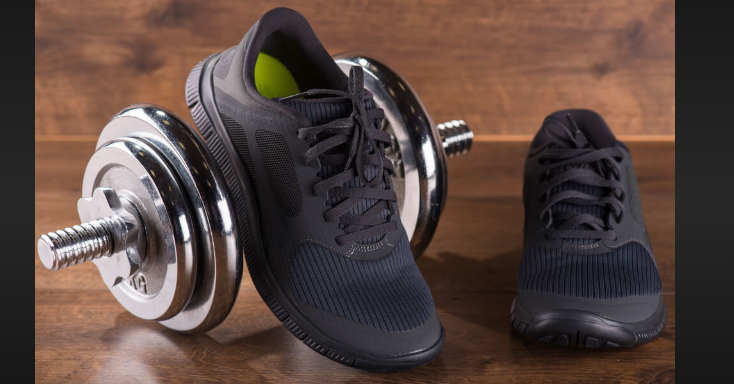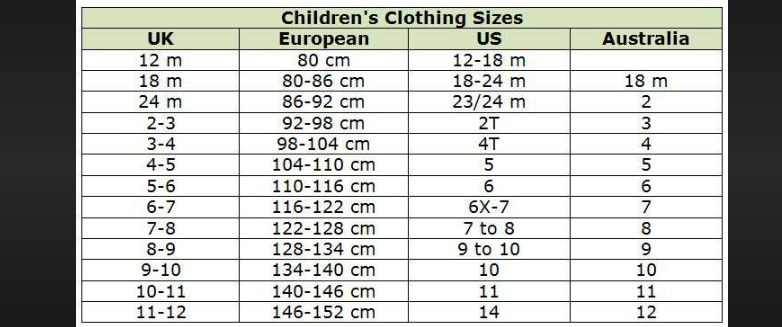How Much Weight Do Shoes and Clothes Add? Understanding the Impact
The weight of our clothing and footwear is often something we don't give much thought to, but it can have a notable impact on our daily lives, especially when it comes to travel, exercise, and overall comfort. In this article, we'll explore how much weight shoes and clothes can add and the various factors that contribute to this added weight.

How much weight do shoes and clothes add?
1. The Basics: Shoes and Clothes
Before we dive into the details, let's establish what we mean by "shoes and clothes" in this context:
-
Shoes: This category includes footwear of all kinds, from sneakers and sandals to boots and high heels.
-
-
Clothes: This encompasses all types of clothing items, such as shirts, pants, dresses, jackets, and accessories like hats and belts.
2. The Weight of Common Clothing Items
To understand the impact of clothes, let's look at the average weight of some common clothing items:
-
T-shirt: A typical cotton T-shirt for adults can weigh anywhere from 4 to 8 ounces (113 to 227 grams).
-
-
Jeans: A pair of jeans often ranges from 1 to 2 pounds (0.45 to 0.91 kilograms) or more, depending on the size and style.
-
-
Sweater: A lightweight sweater might weigh around 8 to 12 ounces (227 to 340 grams), while heavier knit sweaters can be closer to 1 to 2 pounds.
3. Weight Variations by Material
The weight of clothing can vary significantly based on the material. For example:
-
Cotton: Cotton clothing tends to be lighter, while still retaining breathability and comfort.
-
-
Wool: Wool garments can be heavier due to the density of the fibers, making them warmer in colder climates.
-
-
Synthetics: Synthetic materials, like polyester or nylon, are often used in lightweight athletic wear.
4. The Impact of Footwear
Shoes can add varying amounts of weight, depending on their type and purpose:
-
Sneakers: Standard sneakers for adults can weigh anywhere from 10 to 20 ounces (283 to 567 grams) each.
-
-
Boots: Boots, especially those designed for hiking or work, tend to be heavier, with some pairs exceeding 3 pounds (1.36 kilograms).
-
-
High Heels: High heels, while stylish, can add extra weight to each foot due to their design and materials.
5. The Cumulative Effect
The combined weight of shoes and clothing can add up significantly, especially when considering full outfits and footwear choices.
For example, a pair of boots, jeans, and a sweater can easily add several pounds to your overall weight.
6. Impact on Travel and Exercise
Understanding the weight of your clothing and footwear is essential for various activities:
-
Travel: When packing for a trip, the weight of your clothing and shoes can affect luggage restrictions and the ease of travel. Lighter clothing choices can help you avoid excess baggage fees.
-
-
Exercise: Athletes and hikers often consider the weight of their clothing and shoes to optimize performance. Lighter gear can reduce fatigue during physical activities.

Children's clothing sizes
Shoes and clothes may seem like everyday items, but their weight can have a tangible impact on our daily lives. Whether you're packing for a trip, choosing workout attire, or simply trying to stay comfortable, understanding how much weight shoes and clothes add is valuable information. It allows you to make informed decisions about your attire based on your specific needs and preferences, ensuring that you're always dressed appropriately and comfortably for any occasion.